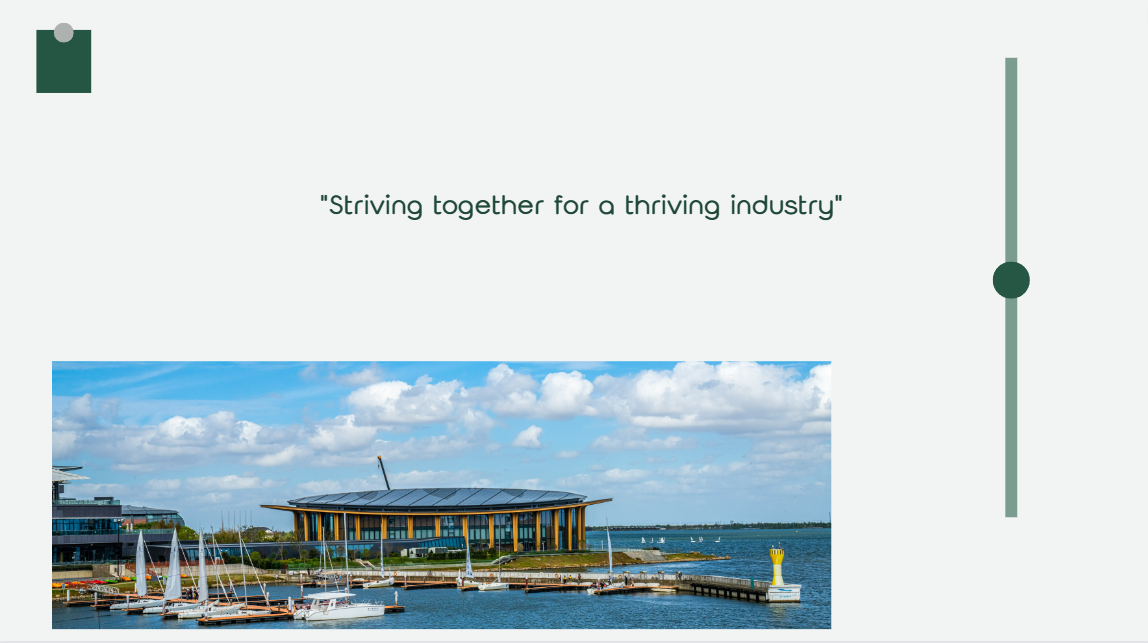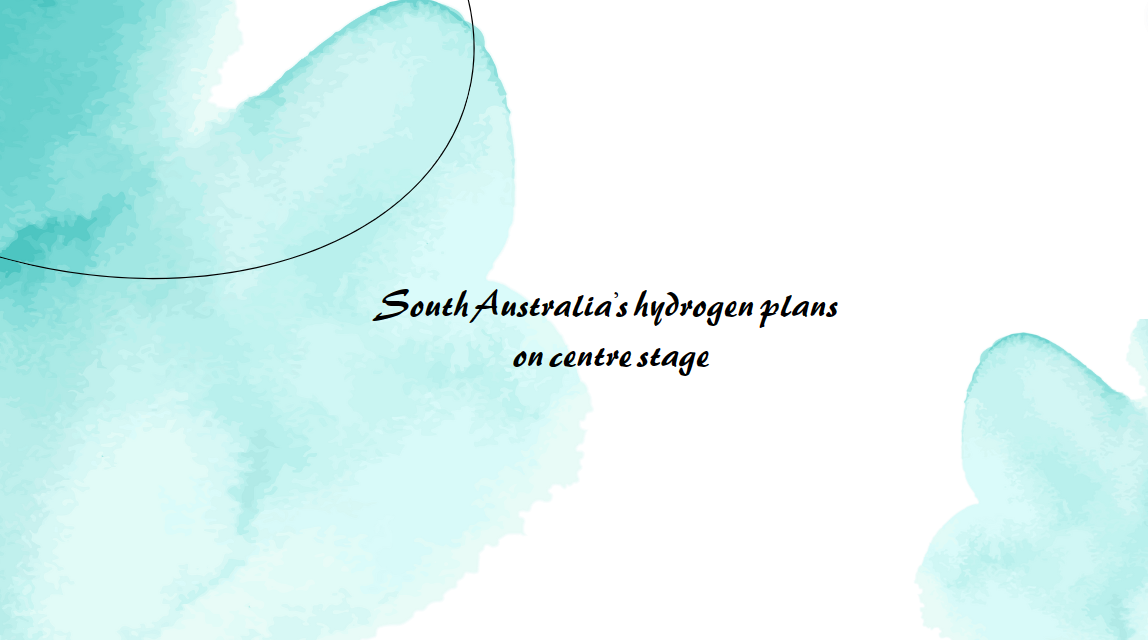Shanghai-LA green corridor to promote zero-carbon shipping
Starting from 2025, shipping partners will deploy ships with full lifecycle low-carbon or full lifecycle zero carbon emission capabilities in the "Port of Shanghai-Port of Los Angeles Green Shipping Corridor," according to the implementation action outline of the port authorities of the two cities across the Pacific.
By 2030, the feasibility of the world's first full lifecycle zero carbon emission container ship (or fleet) will be demonstrated in this corridor. Port partners will take measures to reduce carbon emissions from port operations, according to the outline.
The ship owners under the framework of the partnership will set goals to agree with the carriers to use full lifecycle zero carbon emission shipping services.
During this process, relevant parties will track and report carbon emissions, evaluate the progress of decarbonization, and strive to promote this trans-Pacific green corridor as a model for global cooperation in green, low-carbon, and sustainable development of the shipping industry.
In January 2022, Port of Shanghai and Port of Los Angeles jointly initiated the establishment of the "green shipping corridor," aiming to achieve the cleanest and lowest carbon transportation of goods between the two ports.
After the launch of the initiative, the Shanghai Transportation Commission, the Los Angeles Port Authority, and the Urban Climate Leadership Alliance (C40), as the main initiators, collaborated with all participating entities to actively plan and develop a green shipping corridor implementation plan. After nearly a year of efforts, all parties have reached an agreement on the content of the implementation plan outline.
The "Port of Shanghai-Port of Los Angeles Green Shipping Corridor" is the world's first trans-Pacific green shipping corridor. Under the emission reduction framework established by the International Maritime Organization, participating entities will demonstrate advanced logistics technology, decarbonization technology application, and best management practices through voluntary cooperation in the corridor, gradually achieving decarbonization in shipping and port activities.
In the next stage, Shanghai International Port Group will explore and strive to invest in and construct a variety of clean fuel refueling and supply facility systems for ships, design and implement incentive measures, encourage ships to use clean fuel in the "green shipping corridor," and adopt more comprehensive measures to continuously reduce carbon emissions from port operations.
One of the most dynamic maritime routes in the world, nine international container liner routes operate between the two ports every week. In 2022, the container volume between the two ports exceeded 1.3 million TEUs (twenty-feet equivalent units).
Jing Yan, head of the shipping department of the Shanghai Transportation Commission, told Shanghai Daily, "Under the current rigid international demand for green and emission reduction, it not only reflects Shanghai's inherent need to improve the green level of international shipping center services, but also hopes to strengthen international cooperation in the process of building the Shanghai International Shipping Center and improving the quality of Chinese shipping development."
In recent years, SIPG has basically completed the work of replacing oil with electricity and gas by improving the layout of low-carbon facilities, expanding the application of new energy in ports, and upgrading port machinery equipment, according to Luo Wenbin, general manager of the group's engineering equipment department.
"Significant progress has also been made in traditional port renovation, shore-based power supply, and photovoltaic power generation in port areas.
"The installed capacity of distributed photovoltaic power generation has reached 5.3 megawatts, and the use of clean energy in ports has been increasing year by year.
"The total carbon emissions of container terminals have decreased from 440,000 tons in 2020 to 326,000 tons in 2022. The emission intensity of carbon dioxide has decreased from 10.1 kilograms per TEU to 6.9 kilograms."
Meanwhile, the Port of Shanghai has achieved full ship type and normalized bonded LNG refueling operations. As of the end of September 2023, a total of 57 refueling operations and 317,000 cubic meters have been completed.
The Port of Shanghai will have the ability to provide green methanol fuel refueling services for international navigation ships next year, and gradually form a variety of new energy ship refueling service business systems, according to Luo.























































First, please LoginComment After ~